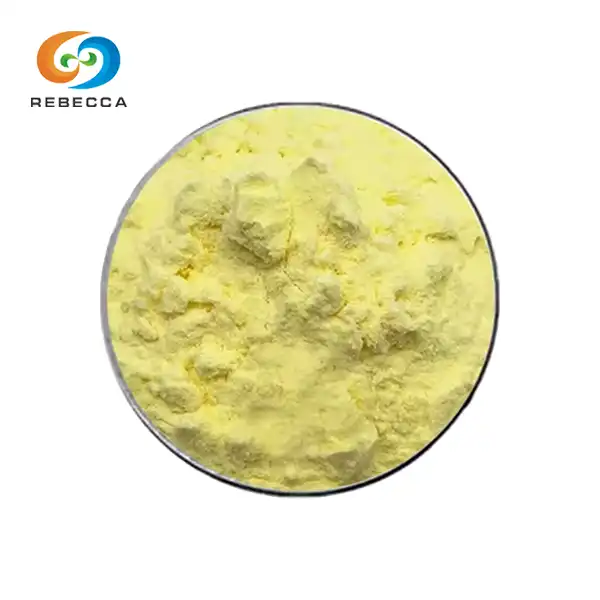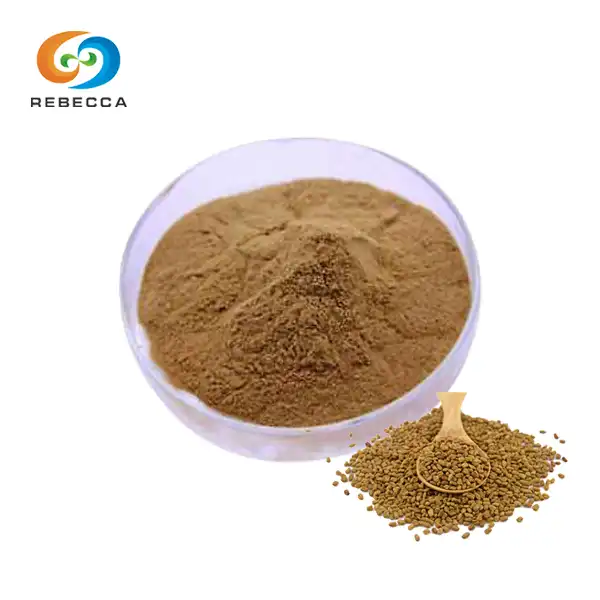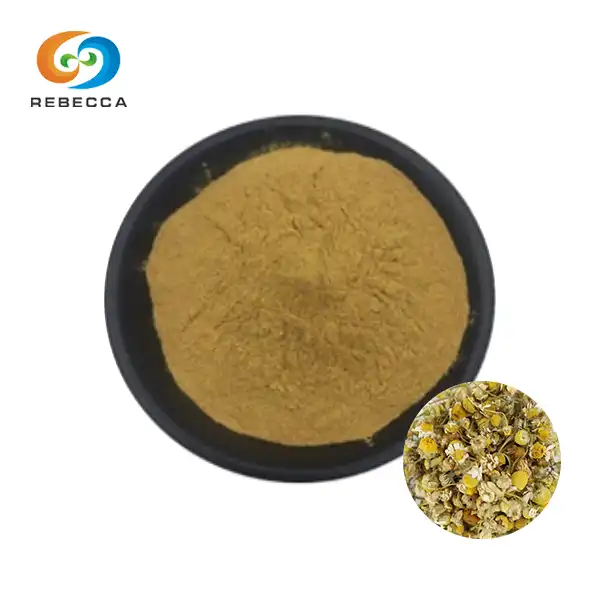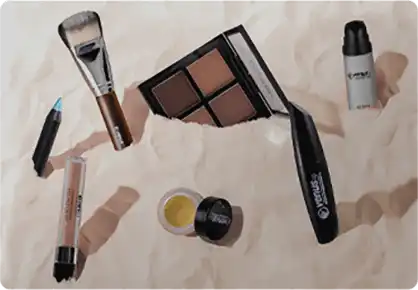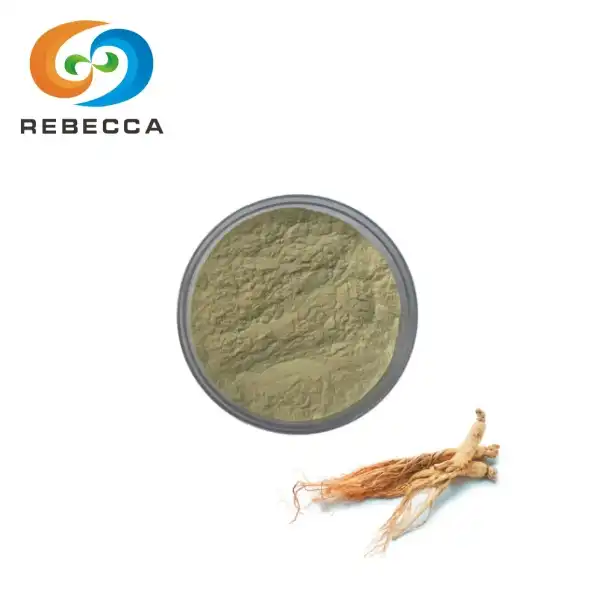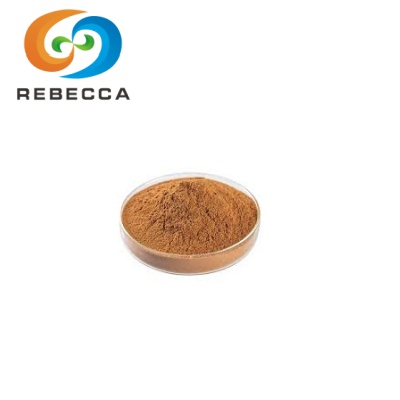How do you take pure creatine monohydrate powder?
Creatine monohydrate is one of the most broadly examined and utilized sports supplements accessible nowadays. Its ubiquity stems from its well-documented capacity to upgrade athletic execution, especially in high-intensity, short-duration exercises. Be that as it may, to procure the full benefits of creatine supplementation, it's vital to get it how to take it legitimately. This direct will walk you through the different viewpoints of creatine supplementation, from measurement procedures to timing and viable tips for utilization.
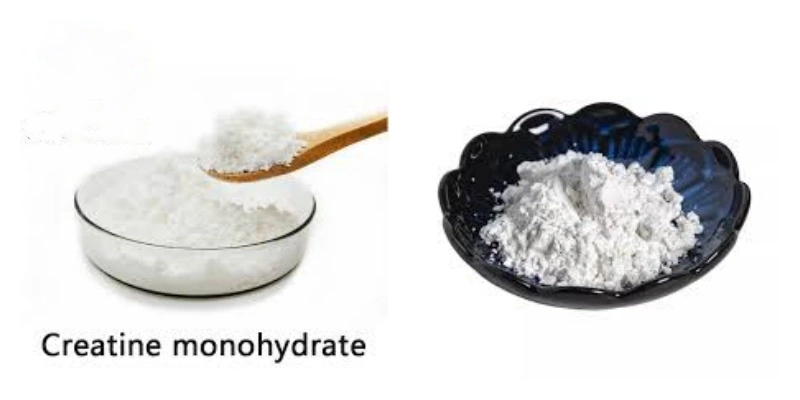
Choose A Supplementation Method
When it comes to taking creatine monohydrate, there are two primary methods of supplementation: the loading phase method and the daily low-dose method. Each approach has its merits, and the choice often depends on individual goals, preferences, and how quickly one wants to see results.
① Loading Phase
The loading phase method is designed to rapidly saturate muscle creatine stores, allowing users to experience the benefits of creatine supplementation more quickly. This approach typically involves a short period of high-dose supplementation followed by a lower maintenance dose.
During the loading phase, which usually lasts 5-7 days, individuals consume 20-25 grams of creatine per day. This amount is typically divided into 4-5 smaller doses throughout the day to enhance absorption and minimize potential gastrointestinal discomfort. For example, one might take 5 grams of creatine four times a day, spaced evenly throughout their waking hours.
The rationale behind the loading phase is to quickly elevate muscle creatine levels. Research has shown that this method can increase muscle creatine content by up to 40% within just a few days. This rapid increase allows users to experience the performance-enhancing effects of creatine more quickly.
After the loading phase, individuals transition to a maintenance phase. During this phase, a daily dose of 3-5 grams of creatine is sufficient to maintain the elevated muscle creatine levels achieved during the loading phase. This maintenance dose is typically taken once a day for convenience.

② Daily Low-Dose Supplementation
The daily low-dose supplementation method offers a simpler, more gradual approach to creatine supplementation. This method involves taking a consistent, moderate dose of creatine every day without an initial loading phase.
With this approach, individuals typically consume 3-5 grams of creatine monohydrate daily. This dose is usually taken all at once for convenience, though it can be split into smaller doses if preferred. The key is consistency – taking the same amount each day allows for a steady increase in muscle creatine levels over time.
Research has shown that this method can elevate muscle creatine stores to the same levels as the loading phase method, albeit over a longer period. It typically takes about three weeks of daily low-dose supplementation to reach the same muscle creatine saturation levels achieved by the loading phase method in just 5-7 days.
Ultimately, both methods are effective for increasing muscle creatine stores and enhancing performance. The choice between the two often comes down to personal preference, tolerance, and how quickly one wants to see results. Some individuals may start with the loading phase method to quickly elevate their creatine levels and then switch to the daily low-dose method for long-term maintenance.
Time Of Taking:
The timing of creatine supplementation has been a topic of much discussion and research in the sports nutrition community. While the most important factor is consistency in taking creatine daily, some studies have explored whether taking creatine at specific times might offer additional benefits.
1. Before Exercise: Taking creatine before a workout is based on the idea of having elevated creatine levels available during exercise. This might potentially enhance performance during the workout itself.
2. After Exercise: Post-workout supplementation is supported by the theory that muscles might be more receptive to nutrient uptake after exercise due to increased blood flow and insulin sensitivity.
3. Both Before and After: Some users opt to split their daily dose, taking half before and half after their workout, aiming to cover both potential benefits.
4. Anytime: This approach focuses on consistency rather than timing, suggesting that as long as you're taking creatine daily, the specific timing is less critical.

Research comparing these different timing strategies has generally found that the differences in outcomes are relatively small. A comprehensive review of the available studies concluded that the timing of creatine intake in relation to exercise does not significantly affect muscle creatine content, body composition, or training adaptations.
However, some studies have suggested a slight advantage to post-workout supplementation. One study found that taking creatine immediately after exercise resulted in greater increases in lean body mass and strength compared to pre-workout supplementation. The researchers hypothesized that this might be due to increased blood flow to the muscles after exercise, potentially enhancing creatine uptake.
It's important to note that these differences, when observed, are generally small. The most crucial factor in creatine supplementation is consistency – taking it regularly over time. For many users, the most effective strategy is the one they can stick to consistently.
Practical considerations may also influence timing choices. Some people may find that taking creatine before a workout causes stomach discomfort, in which case post-workout or anytime supplementation would be preferable. Others may find it most convenient to take creatine at a specific time each day, regardless of when they exercise.
How to take it?
Taking creatine monohydrate is a straightforward process, thanks to its neutral taste and high solubility. The simplicity of consumption is one of the factors that contributes to its popularity as a supplement. Here's a detailed look at how to incorporate creatine into your daily routine:
Since creatine is tasteless, odorless and easily soluble in water, it is very easy to take. You can mix a scoop of creatine into water, protein powder, amino acids, or whatever beverage you drink throughout the day, stir well, and drink it. Most scoops are 5 grams, which is a suitable dose for athletes of all sizes. If you are relatively small or lightweight, you can probably get away with 3 grams, or a little more than half a normal scoop.
Creatine monohydrate typically comes in a fine, white powder form. It's practically tasteless and odorless, which makes it versatile and easy to incorporate into various beverages. Here are some common methods for taking creatine:
1. Mixed with Water: The simplest method is to mix creatine with plain water. Measure out your desired dose (typically 3-5 grams), add it to a glass of water, stir until dissolved, and drink. Creatine dissolves relatively easily in water, though you may need to stir for a few moments to ensure it's fully mixed.
2. In Protein Shakes: Many users find it convenient to add their creatine dose to their post-workout protein shake. This method can be particularly effective if you're taking creatine post-workout.
3. With Juice or Sports Drinks: Mixing creatine with fruit juice or a carbohydrate-rich sports drink may enhance absorption. Some studies suggest that taking creatine with carbohydrates can increase muscle uptake.

4. In Pre-workout or Post-workout Supplements: If you use other workout supplements, you can often add your creatine dose to these. Just be sure not to exceed the recommended daily intake if your other supplements already contain creatine.
Most creatine products come with a scoop sized for a 5-gram dose, which is suitable for most users. This standard dose is based on extensive research and is generally effective for individuals of varying sizes and activity levels. However, as mentioned, smaller or lighter individuals may find that a 3-gram dose is sufficient.
It's worth noting that while creatine is highly soluble, it tends to settle at the bottom of the glass if left to sit. Therefore, it's best to stir the mixture again just before drinking to ensure you consume the full dose. Some users prefer to use a shaker bottle to ensure thorough mixing.
Regardless of how you choose to take your creatine, consistency is key. Whether you're following a loading protocol or a daily low-dose method, taking your creatine at roughly the same time each day can help you establish a routine and ensure you don't miss doses.
Rebecca Is Offering Free Samples
For those interested in experiencing the benefits of high-quality creatine monohydrate, Rebecca Bio-Tech is offering an excellent opportunity through their free sample program. This initiative allows potential users to assess the product's quality and effectiveness firsthand before making a commitment to purchase.
Rebecca Bio-Tech's pure creatine monohydrate powder is crafted with meticulous attention to detail, ensuring it meets the highest standards of purity and quality. This commitment to excellence is crucial in the supplement industry, where product integrity can significantly impact both effectiveness and safety.
By offering free samples, Rebecca Bio-Tech demonstrates confidence in its product and a dedication to customer satisfaction. This approach provides several benefits to potential customers:
1. Quality Assessment: Users can evaluate the product's texture, solubility, and overall quality before purchasing.
2. Effectiveness Testing: While short-term use may not showcase full benefits, it allows users to experience how their body initially responds to the supplement.
3. Compatibility Check: Individuals can assess how well the product integrates into their existing supplement regimen and lifestyle.
4. Informed Decision-Making: Trying a sample helps users make a more informed decision about whether to incorporate Rebecca Bio-Tech's creatine into their long-term supplement strategy.
For those interested in trying Rebecca Bio-Tech's creatine monohydrate powder, the company encourages reaching out for further information and to request a sample. Interested parties can contact Rebecca Bio-Tech at information@sxrebecca.com to learn more about the product, discuss their specific needs, and arrange for a sample to be sent.
When considering any new supplement, including creatine monohydrate, it's important to remember that individual responses can vary. While creatine has been extensively studied and shown to be effective for many users, factors such as diet, training regimen, and individual physiology can influence its effects. Therefore, the opportunity to try a free sample can be particularly valuable in determining whether Rebecca Bio-Tech's pure creatine monohydrate powder aligns with your fitness and performance goals.
References
1. Kreider RB, Kalman DS, Antonio J, et al. International Society of Sports Nutrition position stand: safety and efficacy of creatine supplementation in exercise, sport, and medicine. J Int Soc Sports Nutr. 2017;14:18.
2. Hultman E, Söderlund K, Timmons JA, Cederblad G, Greenhaff PL. Muscle creatine loading in men. J Appl Physiol. 1996;81(1):232-237.
3. Buford TW, Kreider RB, Stout JR, et al. International Society of Sports Nutrition position stand: creatine supplementation and exercise. J Int Soc Sports Nutr. 2007;4:6.
4. Antonio J, Ciccone V. The effects of pre versus post workout supplementation of creatine monohydrate on body composition and strength. J Int Soc Sports Nutr. 2013;10:36.
5. Candow DG, Vogt E, Johannsmeyer S, Forbes SC, Farthing JP. Strategic creatine supplementation and resistance training in healthy older adults. Appl Physiol Nutr Metab. 2015;40(7):689-694.
6. Kreider RB. Effects of creatine supplementation on performance and training adaptations. Mol Cell Biochem. 2003;244(1-2):89-94.
